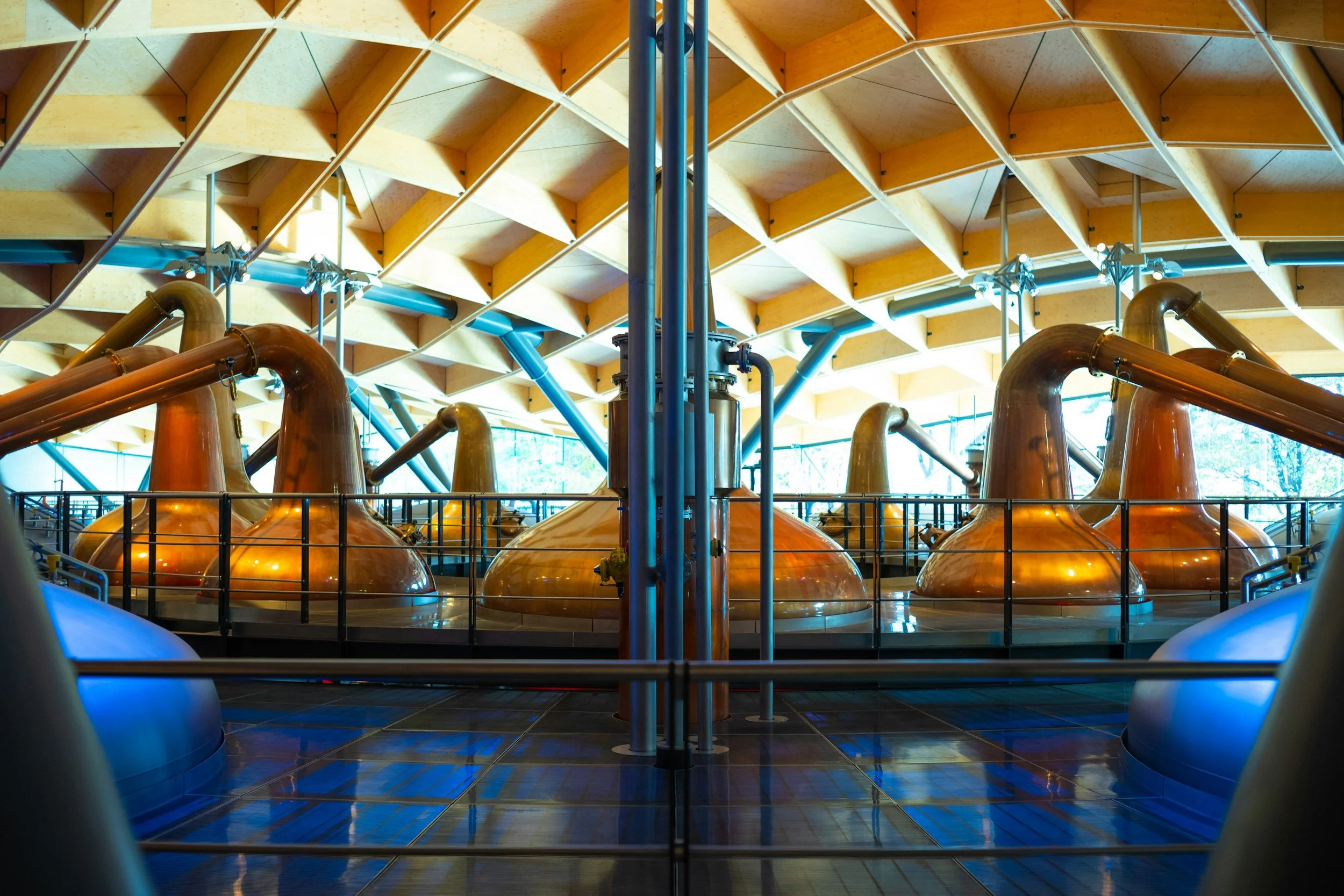
Beyond Reduction: Removals, Insetting, and Authentic Communication
This morning's news, with the UK’s Energy Secretary Ed Miliband publicly defending and reinforcing the UK's 2050 Net Zero target, serves as a powerful anchor for our final article in this series. Despite ongoing political debates, the long-term direction of travel for British industry is clear: building a credible decarbonisation strategy is not a "what if," but a "how, and how soon?"
Over the last three weeks, we've mapped out the 'how'. We started by decoding the language of Scopes 1, 2, and 3. We then moved on to practical strategies for reducing our direct operational emissions (Scopes 1 & 2), followed by the immense challenge of tackling our value chain footprint (Scope 3).
This brings us to the final, crucial questions: What do we do with the small fraction of emissions that are currently impossible to eliminate? And just as importantly, how do we talk about all this work authentically, without falling into the greenwashing traps that regulators and citizens are now so alert to?

Taming the Elephant: A Practical Guide to Your Scope 3 Emissions
It’s time to get juicy in our series on Net Zero and get stuck into the biggest area of our emissions. We’ve already focused on 'getting our own house in order' through developing practical strategies to reduce the Scope 1 and 2 emissions generated directly from our own operations and purchased energy. This is a fundamental and necessary step for any credible climate journey.
Now, we must confront the carbon sized elephant in the room: Scope 3.
For most drinks businesses, Scope 3 emissions – all the indirect emissions that occur in your value chain, both upstream and downstream – represent the overwhelming majority of their carbon footprint, often accounting for 80-90% or more of the total. Any Net Zero commitment that doesn't comprehensively address Scope 3 is, frankly, missing the point. While it is the most complex area to tackle, it is also where the greatest impact can be made.

Getting Your House in Order: Tackling Your Direct Emissions (Scopes 1 & 2)
In the last article, I attempted to demystified the terminology of decarbonisation, breaking down what Scopes 1, 2, and 3 mean for a drinks business. For most of us, the largest portion of our carbon footprint (often 80-90%+) is hidden in our Scope 3 value chain – in agriculture, our packaging, and logistics.
While tackling Scope 3 is the ultimate challenge (which we will discuss in our next piece), the foundational first step on any credible Net Zero journey is to get your own house in order. This means decisively addressing the emissions you have the most direct control over: your Scope 1 and Scope 2 footprint. These are the emissions generated within your own facilities and from your purchased energy. Let's explore the practical strategies to do just that.

Decoding Decarbonisation: What Scopes 1, 2, & 3 Mean for Your Drinks Business
With the positive news from the UK’s Climate Change Committee this week that the UK can meet it’s 2050 Net Zero target, I thought it would be worth doing one of our four-part series diving into the subject that’s become such a political football recently.
Around the world, businesses and politicians are making commitments to tackle climate change, and "Net Zero" has become the headline goal. But behind the pledges, headlines, and press releases lies a complex landscape of data, definitions, and strategic decisions. Before we can effectively reduce our climate impact, we must first understand the language of decarbonisation, which I’ll admit, can be confusing at first with talk of scopes, offsets, insets, science based targets, and more.
So, what do terms like "Net Zero," "Scope 1," "Scope 2," and the notoriously tricky "Scope 3" actually mean for a distillery, brewery, winery, or brand?
Consider this first article as your practical guide to decoding the framework.

How Climate is Shifting the Landscape of Alcohol Commodities
Here at Avallen Solutions, we're all about creating a world where businesses thrive in harmony with our planet. That's why we've taken a deep dive into a topic that's crucial for the drinks industry and, let's face it, for all of us who enjoy a good tipple: climate change.
Our new report, "Climate Change and Alcohol Commodities: A Decade of Impact (2014-2024)" examines how the escalating climate crisis is affecting the key agricultural commodities that form the foundation of our favourite beverages. We're not just talking about a few warm days here and there; we're looking at how rising global temperatures and extreme weather events are shaking up the very supply chains that bring us everything from beer to brandy.
